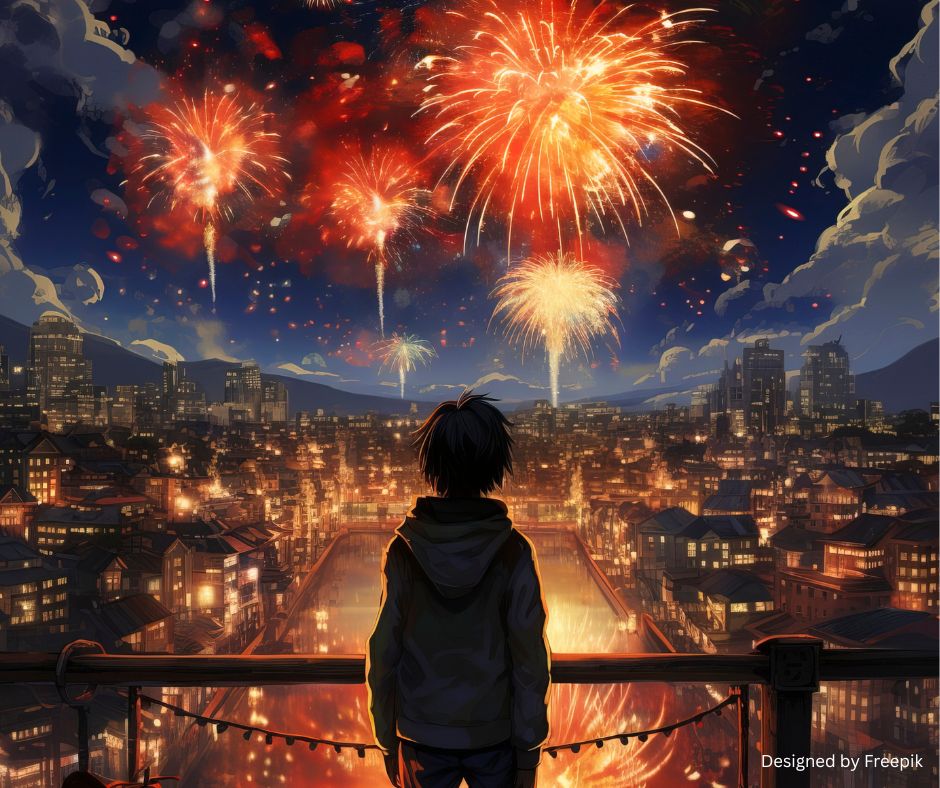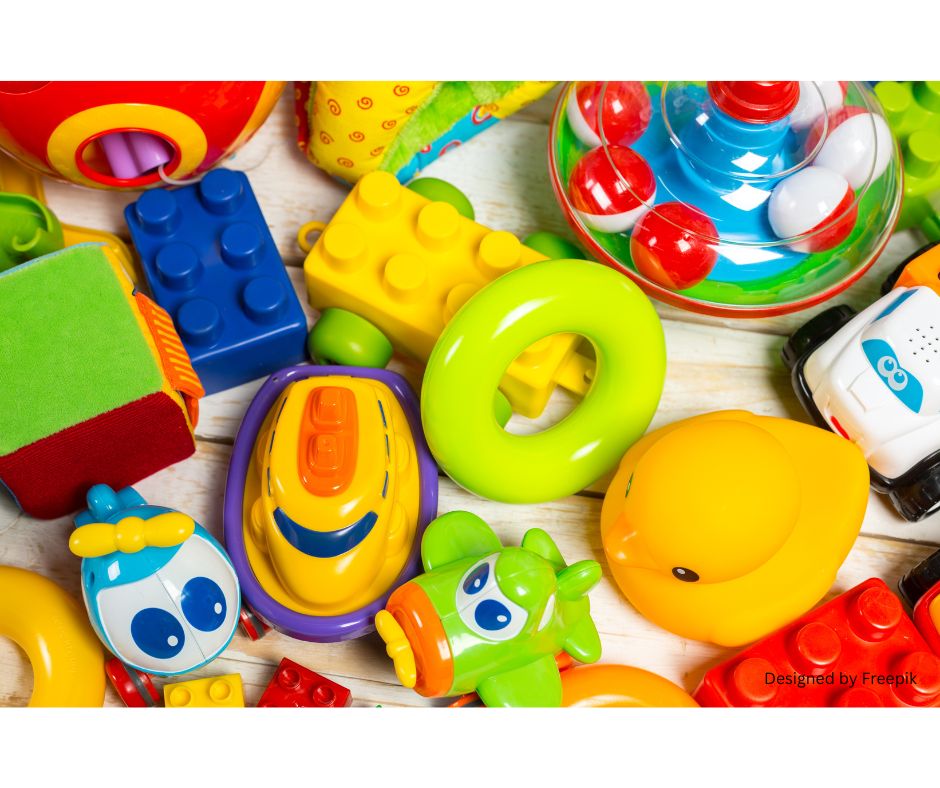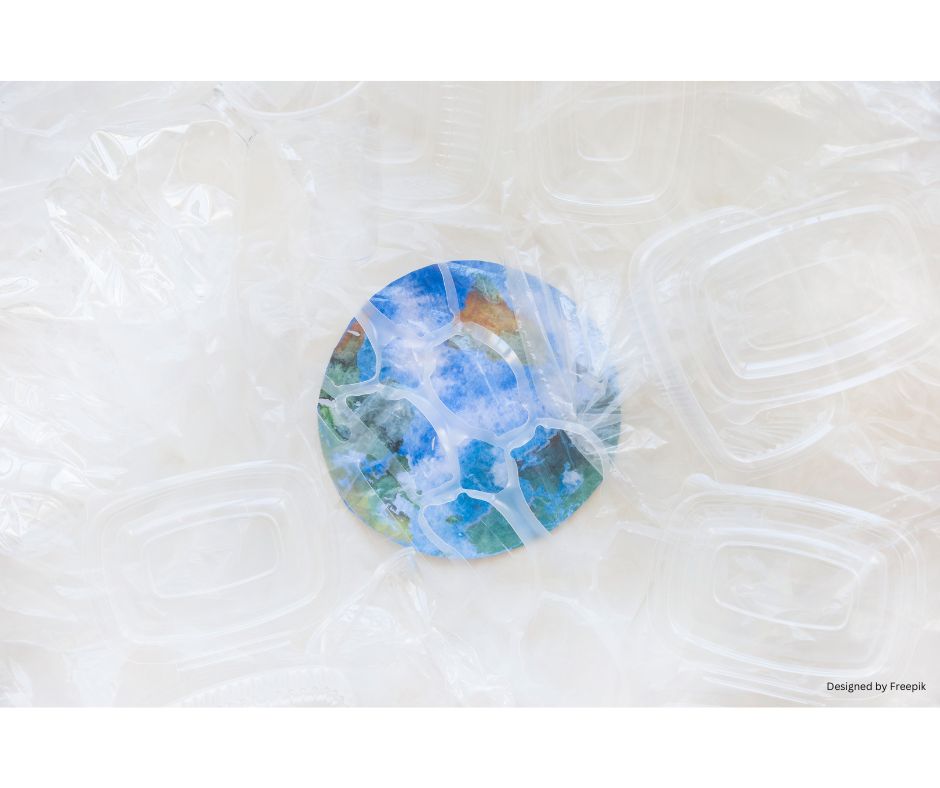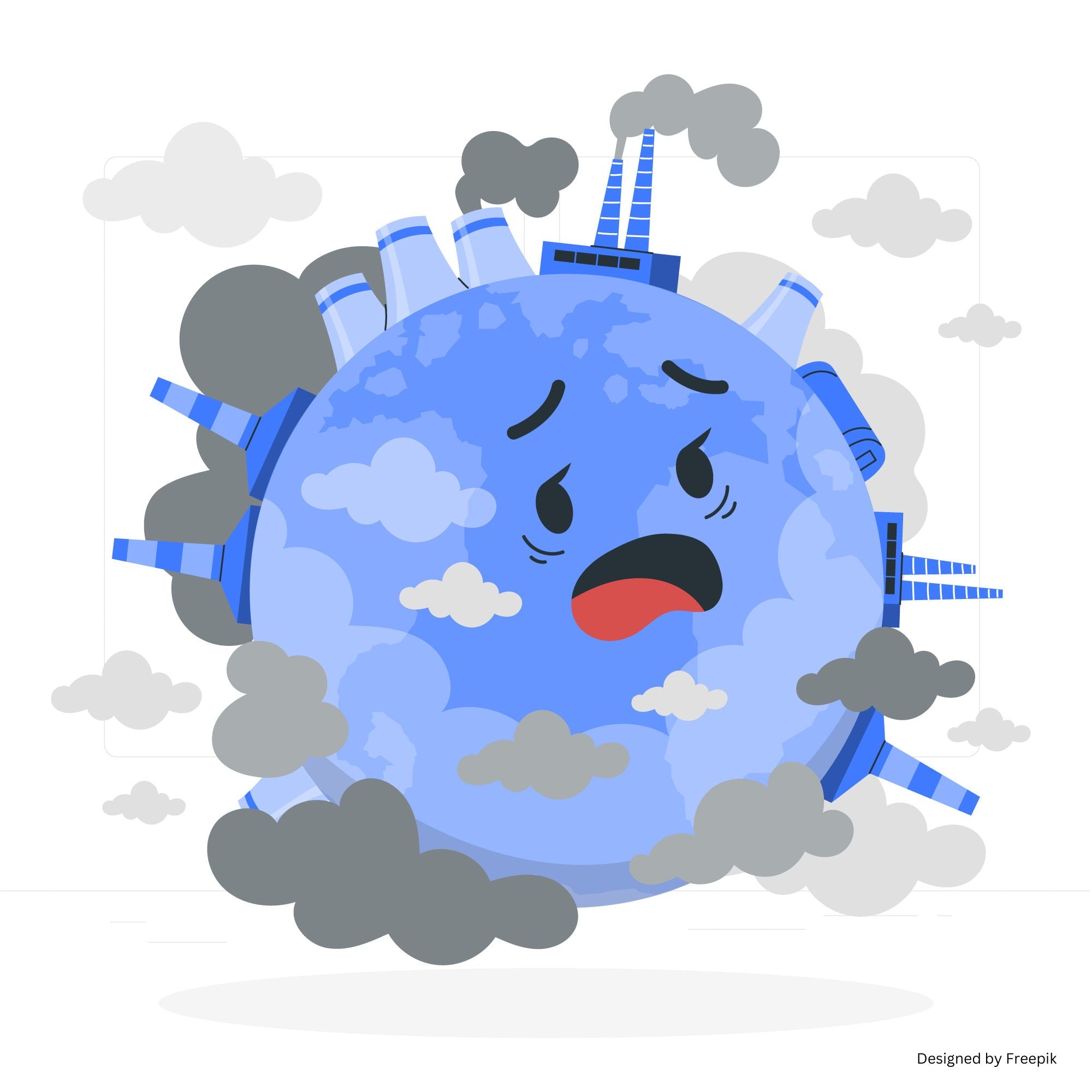Firecrackers have long been celebrated as dazzling symbols of joy, lighting up the skies during festivals, commemorations, and public gatherings worldwide. From Diwali in India to New Year’s Eve in London, or the Fourth of July in the United States, fireworks embody collective festivity and wonder.
Yet beneath the vibrant lights and thunderous sounds, serious concerns about health, environment, and safety persist—and these concerns are growing more pressing every year.
This article unpacks the cultural significance of firecrackers, the mounting challenges they create, how India’s regulatory approach compares globally, the reality of “green crackers,” and pathways toward sustainable celebration.
The Good: Why Firecrackers Matter
Despite growing criticism, firecrackers remain deeply embedded in cultural identity and traditions across continents.
Community Bonding
Fireworks at Diwali, weddings, or New Year’s Eve gatherings foster shared experiences, nostalgia, and intergenerational joy. They become moments where families and communities gather to celebrate together, strengthening bonds.
Tradition and Symbolism
Historically, fireworks have symbolised victory, positivity, and the warding off of evil spirits. In many cultures, lighting crackers is not just entertainment—it’s a spiritual or symbolic gesture tied to renewal, hope, and protection.
Spectacle and Entertainment
Professionally managed public firework shows inspire awe. Whether marking political victories, sporting triumphs, or anniversaries, fireworks deliver a sense of grandeur that no other celebration medium has matched—at least not yet.
The Not Good: Firecrackers and Their Mounting Concerns
As cherished as firecrackers are, the health, environmental, and animal welfare costs are staggering.
Environmental Pollution
- Air Quality: Fireworks emit fine particulate matter (PM2.5 and PM10), heavy metals, and toxic gases like sulfur dioxide. In Delhi, PM2.5 levels during Diwali can exceed 900 μg/m³—about 180 times the WHO’s safe annual level.
- Greenhouse Gases: Firework shows release carbon dioxide and carbon monoxide, adding to climate concerns.
- Microplastics: UK studies reported spikes of over 1000% in riverborne microplastics following firework displays.
Public Health
- Respiratory and Cardiovascular Risks: Fine particles exacerbate asthma, allergies, and cardiac distress. Vulnerable groups—children, the elderly, and those with chronic conditions—are hit hardest.
- Auditory Damage: Crackers often exceed 120–160 dB, far above safe limits. Even “green crackers” can generate 110–125 dB. For perspective, exposure above 120 dB can cause instant hearing damage.
Animal Welfare
- Pets and wildlife suffer acutely. Birds abandon nests, disoriented pets injure themselves in panic, and leftover debris poisons ecosystems. Some parts of Europe have begun adopting silent fireworks to reduce trauma.
Soil and Water Contamination
Perchlorates and heavy metals seep into soil and groundwater, stunting plant growth and harming aquatic life. Studies in multiple countries confirm contamination spikes following large-scale firework events.
Why India’s Challenges Are Intensifying
Three interlocking factors amplify India’s firecracker-related problems:
-
Meteorological Conditions
During winter, cool temperatures and weak winds trap pollutants, leading to dense smog. This effect is magnified in cities like Delhi, where farm stubble burning already worsens air quality. -
Regulatory Inconsistencies
Delhi has enforced complete bans (including green crackers until January 2025), but enforcement is inconsistent across states. Confusion over timings, definitions of “green crackers,” and counterfeit sales further undermines policies. -
Socioeconomic Context
Millions of livelihoods—from Sivakasi’s firecracker industry to street vendors—depend on firework sales. Abrupt bans disrupt seasonal employment, raising social and economic dilemmas.
Even India’s Supreme Court has recognized the dilemma: every citizen deserves clean air, but regulatory fairness, enforcement, and worker protections must coexist with sustainability goals.
Global Approaches: A Comparative Glimpse
Around the world, firework regulations reflect cultural attitudes, urban density, and enforcement capacity.
- China: Beijing and other cities have banned fireworks after noticing measurable air quality improvements.
- Europe: Germany and the Netherlands confine fireworks to New Year’s Eve. Italy has pioneered silent fireworks for animal welfare.
- United States: Fireworks are restricted to licensed sales and regulated displays. In New York City, consumer fireworks are banned entirely.
- Singapore: A blanket ban since 1972, with the government promoting laser and light shows as alternatives.
- Japan: Professional, community-managed fireworks are common, but with strict cleanup rules and air quality monitoring.
India stands apart due to its population scale, inconsistent enforcement, and urban vulnerability to pollution.
The Myth and Reality of Green Crackers
In recent years, “green crackers” have been promoted as eco-friendlier alternatives, developed by the CSIR-NEERI (Council of Scientific and Industrial Research – National Environmental Engineering Research Institute).
What They Promise
- 30–35% lower emissions of harmful particulates
- Replacement of barium nitrate with less toxic chemicals
- Sound limits of 110–125 dB instead of 160 dB
- QR-code certification to verify authenticity
Three licensed types dominate:
- SWAS (Safe Water Releaser): Emits water vapour to suppress PM.
- STAR (Safe Thermite Cracker): Reduces sound and emissions.
- SAFAL (Safe Minimal Aluminium): Cuts aluminium pollutants with magnesium-based alternatives.
The Problems
- Limited Benefits: A 30% reduction is far from enough when emissions remain well above safe limits.
- Ultrafine Pollutants: Some studies suggest higher emissions of ultrafine particles, potentially more harmful.
- Noise Concerns: Still exceed residential safety thresholds.
- Counterfeits: Fake or mislabelled crackers mislead consumers.
- Social Impact: Many small-scale producers lack licenses, facing exclusion and economic distress.
In reality, green crackers are less polluting but not truly eco-friendly—often a case of “greenwashing”.
Global Case Studies on Bans and Alternatives
- New York City (USA): Consumer firecrackers banned; professional displays replace private use.
- China: Urban bans have dramatically improved air quality during events like the Olympics.
- Australia: Strict state controls; allowed seasonally under reduced-noise, safety-focused regulations.
- Singapore: Longstanding ban, replaced with government-organised light shows.
- Germany: Restricted to New Year’s, with local governments imposing additional limits.
Key Lesson: Regulation works best when combined with public awareness, strict enforcement, and viable alternatives like drone shows, laser spectacles, or silent fireworks.
Pathways Forward: What Can Be Done
Personal Choices
- Choose public displays over private fireworks use.
- Verify the authenticity of green crackers if purchasing.
- Avoid crackers near hospitals, old-age homes, or animal shelters.
- Support and advocate for community-sensitive celebrations.
Policy and Innovation
- Governments should promote alternatives—from drone light shows to laser displays.
- Stricter enforcement is needed to eliminate counterfeit crackers.
- Economic support for workers in the firecracker industry must accompany environmental regulation.
Conclusion
Firecrackers remain a cultural anchor of celebration, but their health and environmental toll is undeniable. India—with its dense cities, vulnerable atmosphere, and deep-rooted traditions—faces sharper consequences than most nations.
“Green crackers” represent progress but not a solution. Their partial improvements cannot mask the reality of noise, particulate emissions, and ecosystem damage. Global experiences show that sustainable celebration lies in regulation, innovation, and awareness.
As the Supreme Court rightly observed, the right to clean air is universal. Festivals can and should continue—but with responsibility and imagination. By embracing drones, silent fireworks, and light shows, we can preserve joy without compromising our future.
The challenge is not abandoning firecrackers—it is about reimagining how we celebrate, ensuring traditions remain vibrant while protecting health, environment, and future generations.







